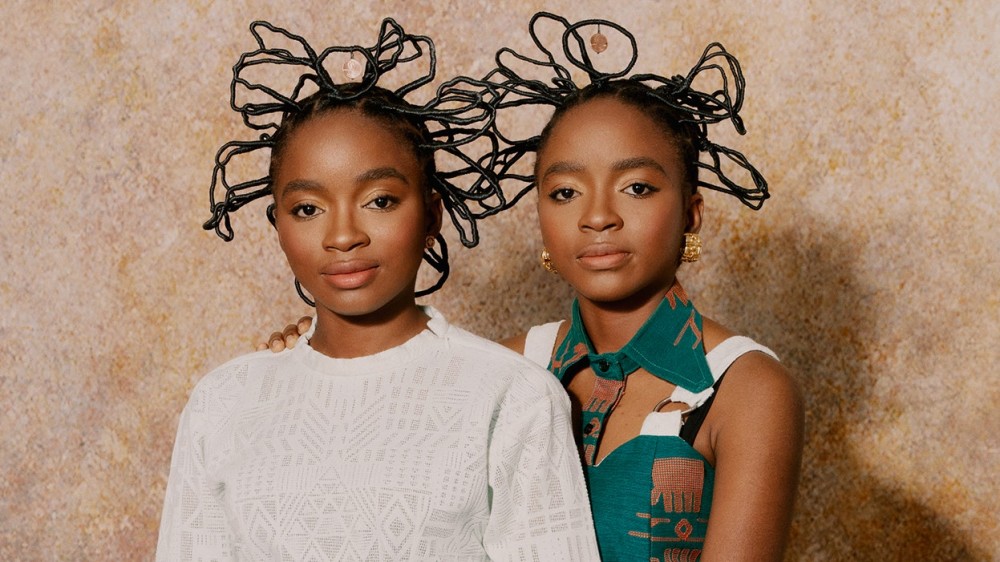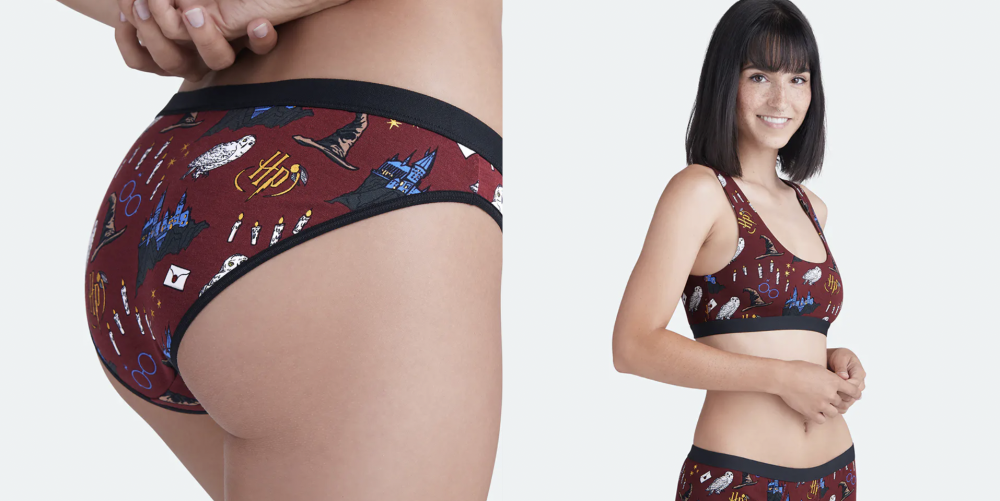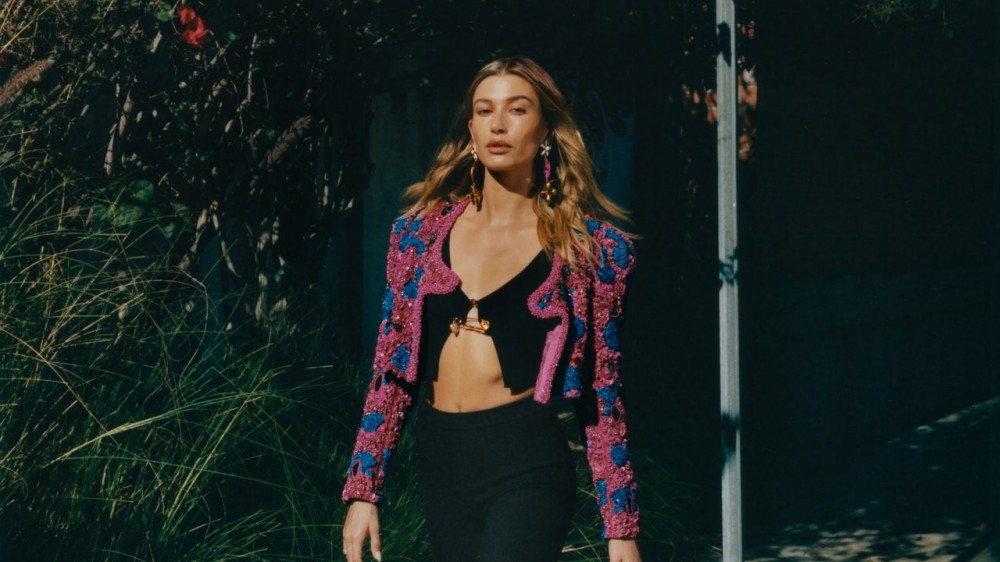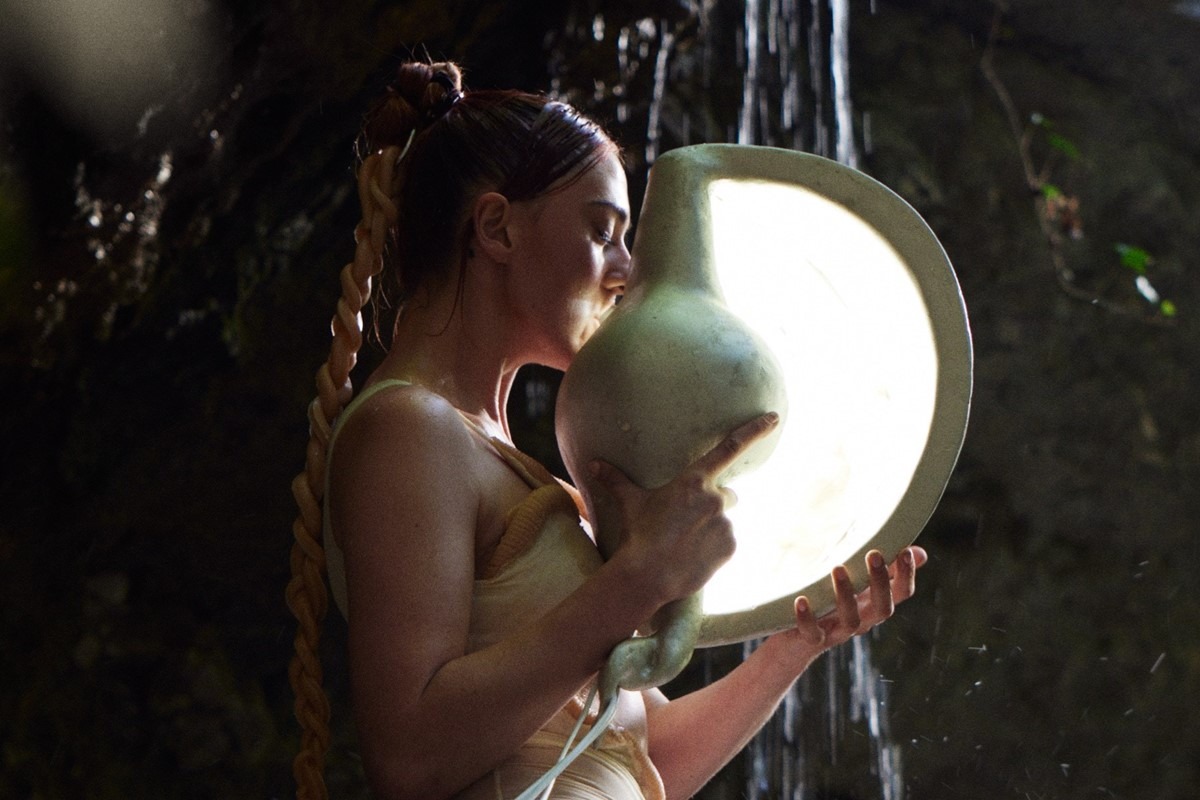
In a New Photo Series, Stylist Alexander-Julian Gibbson Takes Ordinary Families to Extraordinary Places
Seated in a noisy booth at Cafe Paulette in Fort Greene, Brooklyn, Alexander-Julian Gibbson—travel editor, stylist, and self-proclaimed “master of enjoyment”—shows me his latest project. In a photographic series called “The Land of Milk and Honey,” he has documented the daily life of 11 multicultural families in some 100 images; connecting fashion to a diverse range of immigrant communities throughout America.
From Miami’s Little Haiti to Daly City, California, Gibbson—a Houston native of Nigerian descent—met, styled, and dressed families in designers from similar cultural backgrounds, showcasing the multiplicity of American life through the lens of high style. The task was no small feat—pairing people with photographers and designers required a lot of planning and research—yet in the end, the matches that he made felt authentic. “This was my way of showing different faces, to shed light on [the cultural divide] in America,” explains Gibbson. “I did this project in search of hope.”
Below, Gibson walks us through his creative process.
The Serafino-Agar family, wearing Rhude.
Photographed by Dennis TejeroOlga Batista and Isabel Batista, wearing Shop A.Au.
Photographed by Alexander SaladrigasAs a stylist, Gibbson has always established strong relationships with brands, designers, and creators alike, which came in handy for the project. “I try to speak with the designers directly. I felt that the only way I could garnish support for this project was to make sure it wasn’t just my dream, but their dream, too,” he says. “I wanted to work with designers who are in touch with their culture, and that’s a part of their story. I wanted to make sure I tapped into people who felt the same way about telling these sorts of stories.”
The wardrobe for the project was right on the mark for what each family required; whether it was the coolness of Rhude, with its Philippine DNA, or the Haitian boldness of Pyer Moss. “Community was a major part of finding [what I needed],” says Gibbson. “Johanna Ortiz was sending pieces in the midst of Colombian protests, [and] I was able to pull pieces from designers back home [in Lagos] and from Nigerian designers based in the States. It was tough, but I feel like we all found a way to tell our story within this project.”
The Talib-Oso family, wearing Emmy Kasbit.
Photographed by RIOT MUSEJaye Talib-Oso and Toyin Talib-Oso with their youngest son, Tolu, all wearing Amao.
Photographed by RIOT MUSE“The way we make our clothes and how we wear them is all part of our cultures. Being able to work with these families to portray their culture in a stylized way and [capture] these really beautiful photos, I think that’s what [the intersection] is,” says Gibbson. “When you talk about how clothes are made and the techniques that are used, those are all things that are passed down from generations.”
Through his meticulous research process, Gibbson was able to identify surprising sartorial and cultural connections, like the link between Cuban, Spanish, and Yoruba clothing. “It was really interesting to see exactly how these cultures have crossed and how you can still see it in their [present day] styling,” he says.
Jesus Bernal wearing Carla Fernández and Perla Bernal wearing Les Jesus.
Photographed by Andres NavarroEach family was fascinated to learn that their clothes were sourced from brands and designers with similar roots to their own. “They started to see the similarities; it was like ‘Oh I know this pattern,’ or ‘I have something similar from my grandmother.’ They became so proud. You can see a light in their eyes because there’s this sense of pride, almost like you’re wearing your country on your back,” says Gibbson. “I walked out of each shoot always feeling like I was taking in a new family member for myself.”
Natalie and her daughters Deja and Dawn, all wearing Shop A.Au.
Photographed by Travis Matthew“I love a headpiece. Being Nigerian, geles are seriously important cultural pieces for us. They are very precise and intentional with how they’re designed and how they’re tied,” explains Gibbson. Noting the significance of certain styles of headwear within other cultures, too, he was keen to work them into the imagery; from the sombreros that graced the heads of one Mexican family to the floral headdresses adorning a group of Cuban women.
Toyin Talib-Oso, wearing Amao.
Photographed by RIOT MUSETo discover more about “The Land of Milk and Honey,” follow its dedicated Instagram page or visit thelandofmilkandhoney.us.



